NEW DELHI: Seven months after the forming of the new Lok Sabha, the NDA government is yet to nominate two Anglo-Indian representatives to the Lok Sabha with members of the community having now written to the Prime Minister urging him to “take necessary steps” in the matter.
Concerned over the “inordinate delay” in the nomination of their representatives to Lok Sabha, the community today wrote to Prime Minister Narendra Modi seeking his “urgent ..
They urged Modi to “take necessary steps to effect the nomination of the two Anglo-Indian members” to Lok Sabha as per Article 331 of the Constitution.
“More than seven months have passed since the elections to Lok Sabha and the Anglo-Indian community is anxious over the inordinate delay in nominating their representatives to Lok Sabha,” Charles Dias, president of the Federation of Anglo- Indian Associations in India (FAIAI), said in the letter ..
Dias, who was the Anglo-Indian representative in the Lower House during the previous UPA regime, said the community numbering about four lakh is scattered all over the country.
He said “they are thankful to the generous framers of the Constitution” for providing representation for them in Lok Sabha and few of the state Assemblies as per Articles 331 and 333 of the Constitution, respectively.
“Because of it (representation), this voiceless community with many disabilities could raise and redress several of their grievances,” he said.
Dias told Modi that a sizable section of the community’s members live in poor and pitiable conditions. “Housing and unemployment are a few of their major problems. So much so that the community is slowly losing its identity,” he said.
FAIAI, which functions as an umbrella organisation for a majority of the Anglo-Indian associations in the country, has also presented a panel of names to the Prime Minister for consideration for nomination.
Dias also said FAIAI has complained to Modi that the Anglo -Indian representatives have been denied an opportunity to raise their problems in Lok Sabha.
The MP-LADS fund allocation, representation in various parliamentary committees and other government bodies and local bodies, allocation of seats in Kendriya Vidyalayas and other facilities are denied to these members. This is injustice to a weak minority,” he said
Ranbir Kapoor might have missed the thunder with no releases in 2014, but with the onset of New Year and even prior to that, the Kapoor boy is surely making headlines. Some for his alleged love affair with Katrina Kaif and some for his upcoming films. The first look of his upcoming thriller Roy was revealed recently.
Black and white and very vintage, the Roy first look was revealed, sans the leading lady Jacqueline Fernandez. The first look captures a grungy, bearded Arjun Rampal sitting with a pensive Ranbir Kapoor. Despite the Kapoor Junior’s presence, Arjun’s rugged avatar seems to overshadow Ranbir’s in the picture. There’s a certain old world charm attached to the picture, giving it a very ’50s touch and B&W just adds on to the mood.
Though Jacqueline is missing from the first look, we hope to see her in the posters along with the two B-town hunks. But as for now, Arjun has certainly stolen all the thunder from Ranbir. But given Ranbir’s powerful acting prowess, there’s more to look out for in Roy, we believe
The fashion industry in India is nascent, but modeling has become a thriving and most sought-after profession for young Indian beauties. While Indian beauties have won titles like “Miss World” and “Miss Universe,” Indian models are now ruling international fashion shows. Read success stories of Ujjwala Raut, Lakshmi Menon, Padma Lakshmi, Jyothsna Chakravarthy, Muzammil Ibrahim, Joey Matthew and Monikangana Dutta.
Bangalore’s leggy stunner, 24-year-old Jyothsna Chakravarthy’s seems to be quite the find, catching the attention of even the international fashion circuit. Armed with a degree in engineering and an MBA, she has been selected to walk for luxury fashion house Chanel’s Metiers D’Art collection, which is inspired by India, in Paris! With this amazing news, we thought we’d recap the host of other Indian models who’ve done us proud taking their dusky beauty to the world.
Ujjwala Raut: Perhaps the most high profile of all India’s top models, Ujjwala was just 17 when she got discovered. She left India, after marrying international male fashion model, Craig Maxwell, in 2004 and had a messy divorce in 2009; but we would love to just focus on her fabulous career. The lady has walked the ramp for top-notch designers like Yves Saint-Laurent, Victoria’s Secret, Roberto Cavalli, Hugo Boss, Cynthia Rowley, Diane von Furstenberg, Dolce & Gabbana, Betsey Johnson, Gucci, Valentino, Oscar de la Renta, and Emilio Pucci. Her face has graced ads like Dolce & Gabbana, Gap, H&M and more.
Lakshmi Menon: Born in Kerala, Lakshmi began her international career in 2006 with a show for Jean Paul Gaultier, shooting her to fame as one of the most sought-after Indian faces on the international ramp. But it was her nude shoot for Karl Lagerfeld’s prestigious Pirelli Calendar 2011 that became the high point of her career, making her the only Indian face to have shot for it! What do you think of her exotic looks?
Padma Lakshmi: Before she became the well-loved host of American reality series Top Chef, Chennai-born Padma Lakshmi had quite the lucrative modeling stint. During a study trip in her college years she was discovered by a modeling agent in Madrid, Spain while sitting in a café and from then on there was no looking back. She has modeled for top designers such as Emanuel Ungaro, Ralph Lauren, and Alberta Ferretti and appeared in ad campaigns for Roberto Cavalli and Versus. Her defining feature, aside from her lustrous looks, is a famous scar from an accident as a kid that has been highlighted by many photographers.
Jyothsna Chakravarthy: You may remember her from various advertisements and magazine covers for her striking features and luscious hair, and now this 5′-9” girl from Bangalore, who has only been modeling for three years, is all set to break into the international scene. She has been selected to walk for luxury fashion house Chanel’s Metiers D’Art collection, which is inspired by India, in Paris on December 6. Jyothsna will be the only Indian model among a host of international names.
Muzammil Ibrahim: Voted India’s Best Male Model by the Times of India three years in a row (2004/05/06), Muzammil has done us proud with his chiseled features and immense ramp presence. Aside from being a popular model in Bangkok, he also modeled for “GUESS” in Italy for two years.
Joey Matthew: Originally from Kerala, this London-based super model stands six feet tall and proud. Amazingly enough, she went from being a full-fledged lawyer to having a successful modeling career, effortlessly. She shot to fame with a Vodafone commercial in Italy and for Getty Images with Karan Kapoor in Spain. Joey frequently graces the Indian ramps as well, staying true to her roots.
Monikangana Dutta: Hailed as an exotic Indian beauty by the international press like the New York Times, Mumbai-based Monikangana claimed fame when she won the Metropolitan Top Model Contest of France. The win resulted in her shifting base from India to Paris for two years, where she walked the ramp for fashion designers like Vivienne Westwood, Yoji Yamamoto, Christian Dior and the list continues… She appeared in editorials for Vogue, Elle and Italian Harper’s Bazaar and has walked in Paris Fashion Week, Milan Fashion Week and Australian Fashion Week too.
Downing Street says UK intelligence asked for redactions to be made in Senate report on the grounds of national security
References to Britain’s intelligence agencies were deleted at their request from the damning US report on the CIA’s use of torture after 9/11, it has emerged.
A spokesman for David Cameron acknowledged the UK had been granted deletions in advance of the publication, contrasting with earlier assertions by No 10. Downing Street said any redactions were only requested on “national security” grounds and contained nothing to suggest UK agencies had participated in torture or rendition.
However, the admission will fuel suspicions that the report – while heavily critical of the CIA – was effectively sanitised to conceal the way in which close allies of the US became involved in the global kidnap and torture programme that was mounted after the al-Qaida attacks.
On Wednesday, the day the report was published, asked whether redactions had been sought, Cameron’s official spokesman told reporters there had been “none whatsoever, to my knowledge”.
However, on Thursday, the prime minister’s deputy official spokesman said: “My understanding is that no redactions were sought to remove any suggestion that there was UK involvement in any alleged torture or rendition. But I think there was a conversation with the agencies and their US counterparts on the executive summary. Any redactions sought there would have been on national security grounds in the way we might have done with any other report.”
The two main cases relevant to the involvement of Britain’s spying agencies related to Binyam Mohamed, a UK citizen tortured and secretly flown to Guantánamo Bay, and the abduction of Abdel Hakim Belhaj and Sami-al-Saadi, two prominent Libyan dissidents, and their families, who were flown to Tripoli in 2004 where they were tortured by Muammar Gaddafi’s secret police.
There is no reference at all in the Senate’s 500-page summary report to UK intelligence agencies or the British territory of Diego Garcia used by the US as a military base. But the executive summary contained heavy redactions throughout, prompting speculation that references to US allies has been erased.
In the wake of the Senate report, the UK government is coming under increasing pressure to order a more transparent inquiry into the actions of MI5 and MI6 amid claims of British complicity in the US torture programme.
Asked about the need for a full public inquiry, Nick Clegg, the deputy prime minister, conceded yesterday that he was open to the idea if an outstanding investigation by the parliamentary intelligence and security committee, which meets weekly in secret, leaves remaining questions unanswered. No 10 also suggested Cameron had not ruled this out if the ISC does not settle the torture issue.
The government had initially commissioned an inquiry by retired judge Sir Peter Gibson to look at the UK’s treatment of detainees after 9/11. However, he only managed a preliminary report raising 27 serious questions about the behaviour of the UK security services, before it was replaced by an investigation handled by the ISC in December last year.
The ISC’s report on the UK’s involvement in rendition after 9/11 will not, however, be completed before next year’s election, so it is unclear how many members of the nine-strong panel of MPs and peers will still be in parliament to complete the work.
The current chair, former foreign secretary Sir Malcolm Rifkind, said that the ISC’s previous examination of the UK’s involvement in rendition in 2007, which absolved the agencies, had “quite rightly been severely criticised, because the committee at the time wasn’t given by MI6 all the material in their files”.
Rifkind said he was confident that that would not happen again. Yet the current ISC investigation will not examine the two key cases of the Libyan dissidents being kidnapped and delivered to the Gaddafi regime because they are the subject of a police inquiry.
MPs from all three main parties said the UK agencies’ requests for deletions from the US underlined the need for a more transparent public inquiry than the one being conducted by the ISC, which hands its reports to Downing Street for pre-approval.
David Davis, the Tory MP and former shadow home secretary, said: “Downing Street’s U-turn on its previous denial that redactions had taken place tell us what we already know – that there was complicity, and that it wasn’t reflected in the Senate report. “We know from the behaviour of the previous government with respect to the Binyam Mohamed case, that the term national security includes national embarrassment.”
Sarah Teather, the Lib Dem former children’s minister, also added: “It’s not good enough to kick it into the future and hope a future government will pick it up. We’ve had all sorts of semi-inquiries. Watching what’s happened in the last couple of days, as comments flip around, that’s the experience of campaigners who’ve been trying to get justice on behalf of people who have accused the British intelligence services of acting in this way.”
Diane Abbott, the Labour MP, said that “as a first step we need to know what was removed from the reports” and secondly more must be revealed about what UK government ministers knew at the time.
The US is at least trying to be honest about what went on,” she said. “To their shame, the UK authorities are still trying to hide their complicity in torture. We need to know how much ministers knew. And if they didn’t know why not?”
Earlier Abbott, who ran for the Labour leadership against both Miliband brothers, said ex-foreign secretary David Miliband needed to be “completely transparent” about his involvement in the era.
But Ed Miliband came to his brother’s strong defence as he was asked yesterday whether the former cabinet minister had “questions to answer”.
“He’s talked about these things in the past,” the Labour leader said. “I know how seriously he took these things in government. I know he answered questions about this in the House of Commons while he was in government. He is never someone who would ever countenance the British state getting involved in this sort of activity.”
Pressed on whether Tony Blair had questions to answer, Ed Miliband said: “Anyone who has read this report will be deeply troubled. I’m not going to speak for that report.
“The government has previously announced an inquiry into these issues, and then held off on the inquiry because there are court cases going on. It’s right to let those court cases take their course here.”
Pioneering African American model and actress has brought the number of women who have put their name to allegations against Cosby to almost two dozen
Beverly Johnson, a supermodel and actress who was the first African American woman to be on the cover of Vogue magazine, has come forward alleging that she was drugged by Bill Cosby in the 1980s.
Johnson wrote a long piece for Vanity Fair about an encounter she had with the comedian in the mid-1980s, while she was going through a divorce.
She said that Cosby invited her to read for a part in The Cosby Show.
After several meetings with the comedian, he invited her to a reading at his house. He allegedly suggested to her that she act drunk – a feature shared in several other stories from other women who have made allegations against Cosby.
After dinner, Cosby insisted Johnson drink a cappuccino, which she said was “drugged – and drugged good”.
“My head became woozy, my speech became slurred, and the room began to spin non-stop,” the article continues. “Cosby mentioned for me to come over to him as though we were ready to act out the scene. He put his hands around my waist, and I managed to put my hand on his shoulder in order to steady myself.”
She said that her body went completely limp, and that her brain switched into “automatic survival mode.” She yelled at Cosby, calling him a “motherfucker” several times.
After that, the article continues, Cosby grabbed Johnson by the left arm and dragged her down “a bunch of stairs”. She said she was afraid her neck was going to break. When they reached the front door, she said, Cosby flagged down a taxi and shoved her inside.
She said that she called Cosby to confront him, but his wife, Camille, picked up the phone.
She said that at the time, she was worried that if she went public with the story, her career would suffer.
Johnson’s story brings the number of women who have put their name to allegations against the comedian to almost two dozen.
Martin Singer, the attorney representing Cosby, was not available for comment. Cosby has consistently denied all the allegations against him. In a statement on 22 November, Singer called the claims against the comedian “ridiculous” and “unsubstantiated, fantastical stories”
The residents of Bogada Chawl who have evicted by the BMC from their century old dilapidated building are yet to get alternative accommodation to be given by BMC.
Everyday a group of women and children sit on a protest at the entrance of the building which is of36,000 sq meterst at a prime location just next to Tata Memorial hospital.
The housing society of Bogada Chaw,l Baman Deo Cooperative Housing Society formed by Bogada Chawl tenants had passed a resolution to cancel the agreement with the present Builder Spee Relators which was duly informed and approved by BMC. According to documents provided by Baman Deo Cooperative housing Society the builder does not at all have the financial capacity to develop the building. They have paper evidence showing that the Spee Realtors who had taken a personal loan of a few lakhs of rupees has not been able to pay monthly installments to the bank. Such a builder who has taken such a small amount of loan and who cannot pay the interest by no means could build a structure of 36,000 sq meters says Chandra Shekhar secretary of Baman Deo Housing Society .
They want a builder who has a sound financial background be appointed their builder. They have in fact with the consent of the majority of the members selected Shayog Homes as their builder.
Therefore they have with majority of the housing society passed a resolution to terminate the agreement with Speed Realtors and Letter of Intent be revoked.
In spite of this request BMC went ahead and asked the developers Speed Realtors’ to provide them with alternative accommodation and using police force of about 250 -300 personnel’s made them vacate the building. The tenants demand for immediate proper alternate housing.
US-based news and blogging platform Huffington Post on Monday launched its Indian edition in association with Times of India Group.
HuffPost India combines Huffington Post’s news and blogging platform with the local expertise and reach of the Times of India Group, a statement said.
HuffPost will be the first major global entrant into a fast growing digital news space in India where a number of stand-alone players as also those which are part of traditional media groups have set shops.
Global media investment conglomerate GroupM has also come on board as a strategic partner for brand synergies and advertising in India for the Huffington Post, a news and blogging platform.
“The launch comes at a moment when India is facing huge and unique challenges, but also when India’s spiritual traditions have taken their place at the center of a global conversation about what it means to live a good life,” said President and Editor-in-Chief of The Huffington Post Media Group Arianna Huffington.
Owned by AOL, Huffington Post has 119 million multi-platform visitors per month in the US (comScore, October 2014) and has over 80,000 bloggers.
“We are very excited to launch Huffington Post India. Huffington Post is the first real digital-first news success story globally, and their impact is seen across the world. We look forward to bringing HuffPo’s conversational approach to news to a large section of Indian audience,” said Satyan Gajwani, CEO of Times Internet (TIL), the digital arm of The Times of India.
Huffington Post has editions in the UK, Canada, France, Spain, Italy, Japan, Maghreb, Germany, Brazil, South Korea and Greece.
Institute of Transport Economics and Meteorological Institute in Norway and four Indian research institutions – The Energy and Resources Institute (TERI, Delhi), School of Planning and Architecture (SPA, Delhi), Indian Institute of Science (IISc, Bangalore) and Indian Institute of Technology Bombay (IIT Bombay), will collaboratively work on developing mitigation and adaptation strategies for the transport sector in India
New Delhi, December 10: The Research Council of Norway has launched a new research project ‘CLIMATRANS – Coping with Climate: Assessing Transport Sector Strategies for Climate Change Adaptation and Mitigation for Indian Cities’ that will be implemented during the next three years. The project will assess climate change impacts in urban areas in India and aims to develop mitigation and adaptation strategies for the transport sector. Delhi, Mumbai and Bengaluru have been selected as case cities for further research.
The Indian transport system is one of the largest in the world and the demand for mobility and energy use for the transport sector has increased with rapid growth of economic activity. India is experiencing a dramatic increase in urbanization and increase in car ownership, which has resulted in a number of negative impacts.
“It is important to study Indian cities in terms of both their present as well as the projected transport sector contributions to local emissions of pollutants and greenhouse gas emissions and the impacts of future climate change. In fact, climate change might already have caused adverse effects on different settlements in India,” explains Dr Farideh Ramjerdi, Institute of Transportation Economics, Norway, who is the CLIMATRANS project manager.
CLIMATRANS is an interdisciplinary project within the realms of social and natural sciences and in close consultation with city and national stakeholders. Institute of Transport Economics and Meteorological Institute in Norway and four Indian research institutions – The Energy and Resources Institute (TERI, New Delhi), School of Planning and Architecture (SPA, New Delhi), Indian Institute of Science (IISc, Bangalore) and Indian Institute of Technology Bombay (IIT Bombay) – will collaborate in this research.
“Bengaluru is one of the fastest growing cities in Asia with a thousand vehicles being registered everyday. In 15 years, the city is projected to have 4.7 million cars on its roads. Increasing congestion and slow peak hour speeds are a result of private vehicles taking up 90 per cent of road space. But policies have so far focussed on constructing elevated roads and underpasses rather than improving public transit facilities and non-motorized transport,” points out Prof Ashish Verma, CLIMATRANS project partner from IISc, Bangalore. “It is important to understand the consequences of these trends in terms of climate change mitigation and adaptation so that policy makers in Bengaluru have a clear scientific perspective while framing transport policy towards a sustainable city.”
“In Delhi, vehicles contribute to an estimated 67 per cent of the total pollution load,” remarks Prof Sanjay Gupta, CLIMATRANS project partner from SPA, Delhi. “While various policy interventions such as reduction in sulphur content of diesel and petrol, implementation of Euro norms and CNG have led to reduction of emission levels, the progress is far from satisfactory and needs a serious relook in terms of evolving desirable policies and strategies which ultimately would improve the environmental quality of the city.”
“We hope that the project will enhance our understanding of how climate change affects the transportation sector and vice-versa. The outcome of the project should help policy makers in developing strategic transport plans for adaptation and mitigation,” says Dr Munish Chandel, CLIMATRANS project partner from IIT Bombay.
“As the countries of the world discuss climate commitments in Lima this week and in Paris next year, this study will produce valuable information for the transport sector in India,” notes Ms Neha Pahuja, CLIMATRANS project partner from TERI.
india on Wednesday dropped attempted suicide from a list of crimes punishable by prison, potentially paving the way for the release of a human rights activist who has been on hunger strike for the past 14 years.
The government informed parliament of its decision in a written reply from the home ministry on Wednesday, saying it was acting on a recommendation of the Law Commission.
The government panel for legal reform had deemed the suicide law “anachronistic” and “undesirable” in a 2008 report.
Irom Sharmila has been on hunger strike in protest against army atrocities in the northeastern Indian state of Manipur. Under the old law anyone attempting to kill themselves is liable for a jail term of a year.
She has been under detention throughout her fast, and is force-fed by tubes several times a day.
The World Health Organization has listed India as one of the countries with the highest suicide rates – 21.1 per 100,000 people in 2012.
The Indian government said 134,799 people committed suicide in 2013, a rise of 11.9 percent over the previous year. There was no data on the number of attempted suicides, it said.
More than 800,000 people each year worldwide commit suicide — around one person every 40 seconds — WHO said in September.

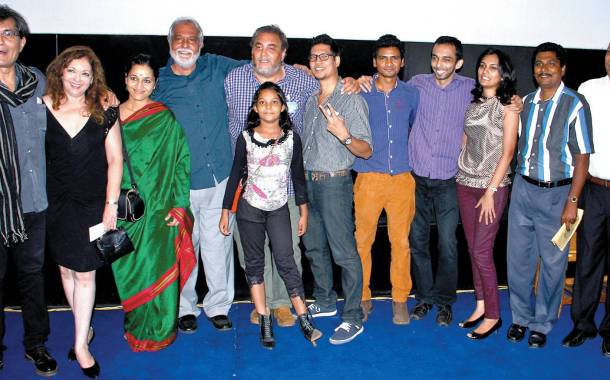

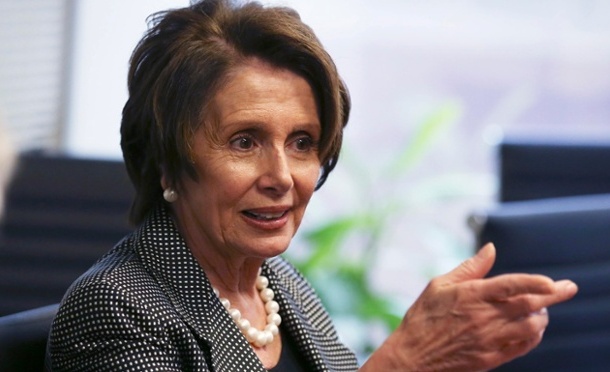

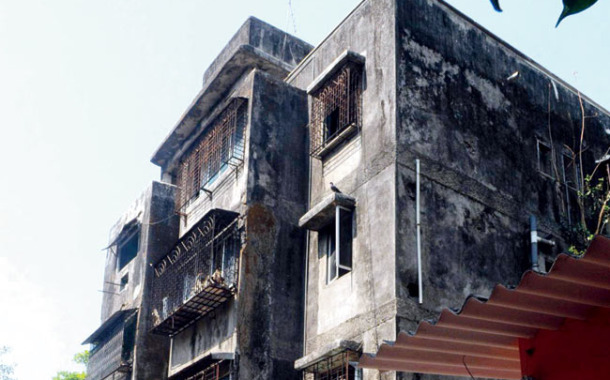
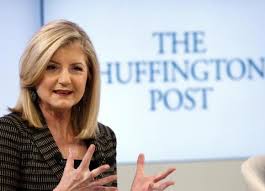
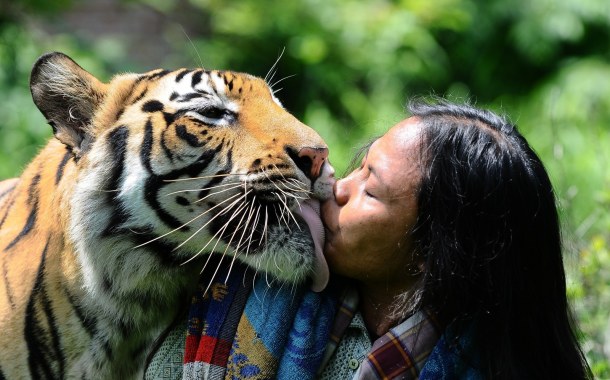
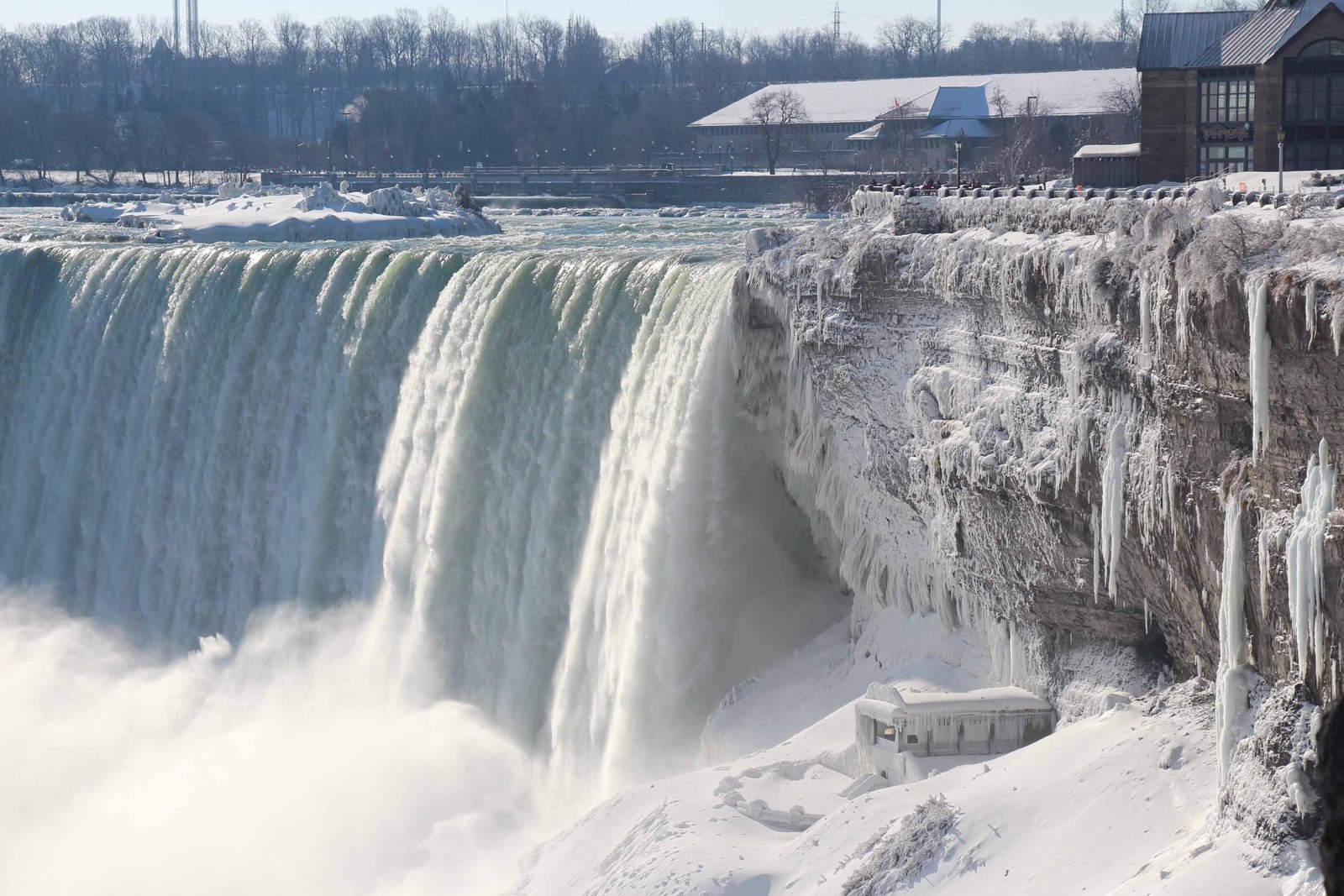
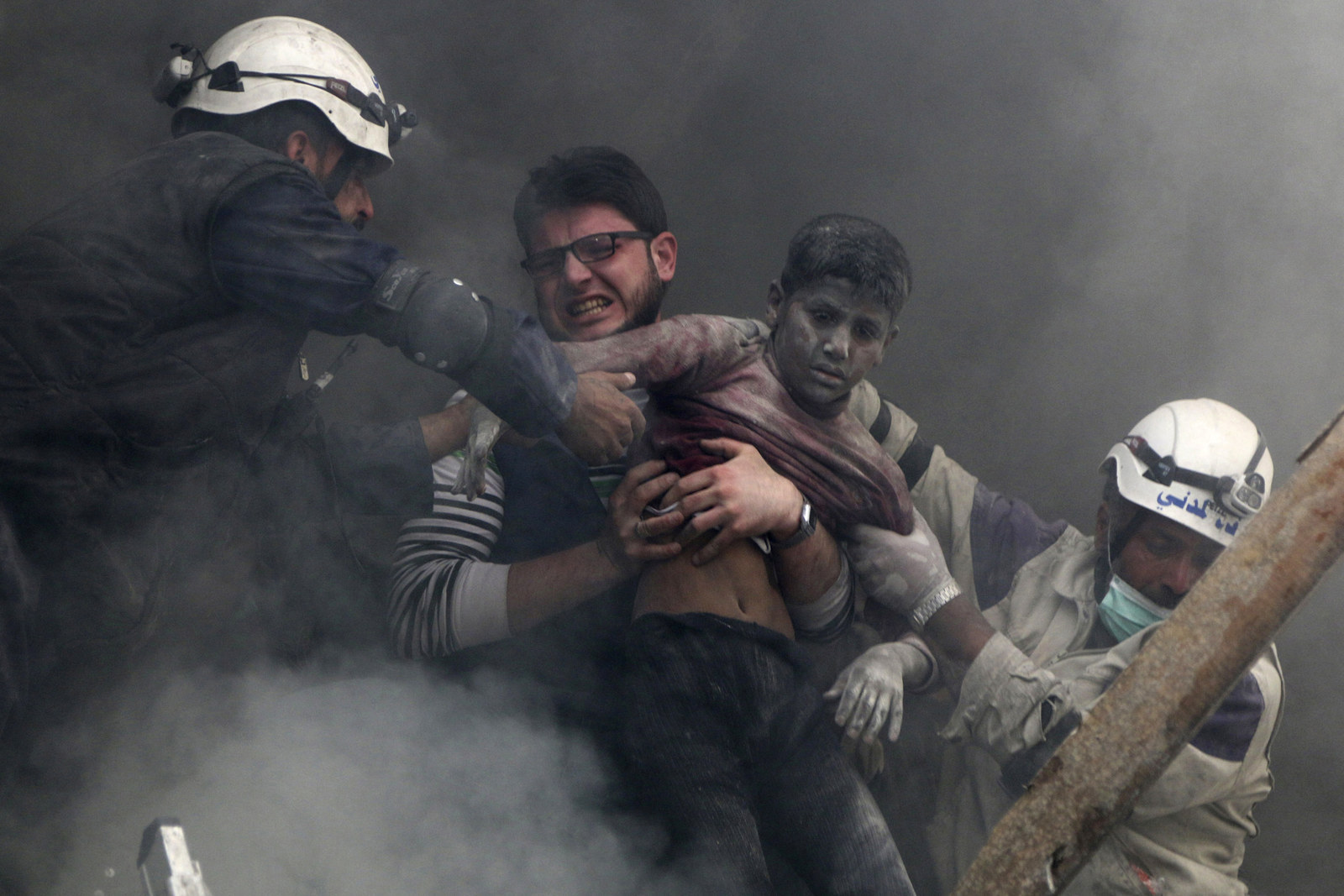






Recent Comments